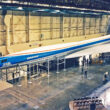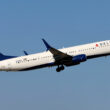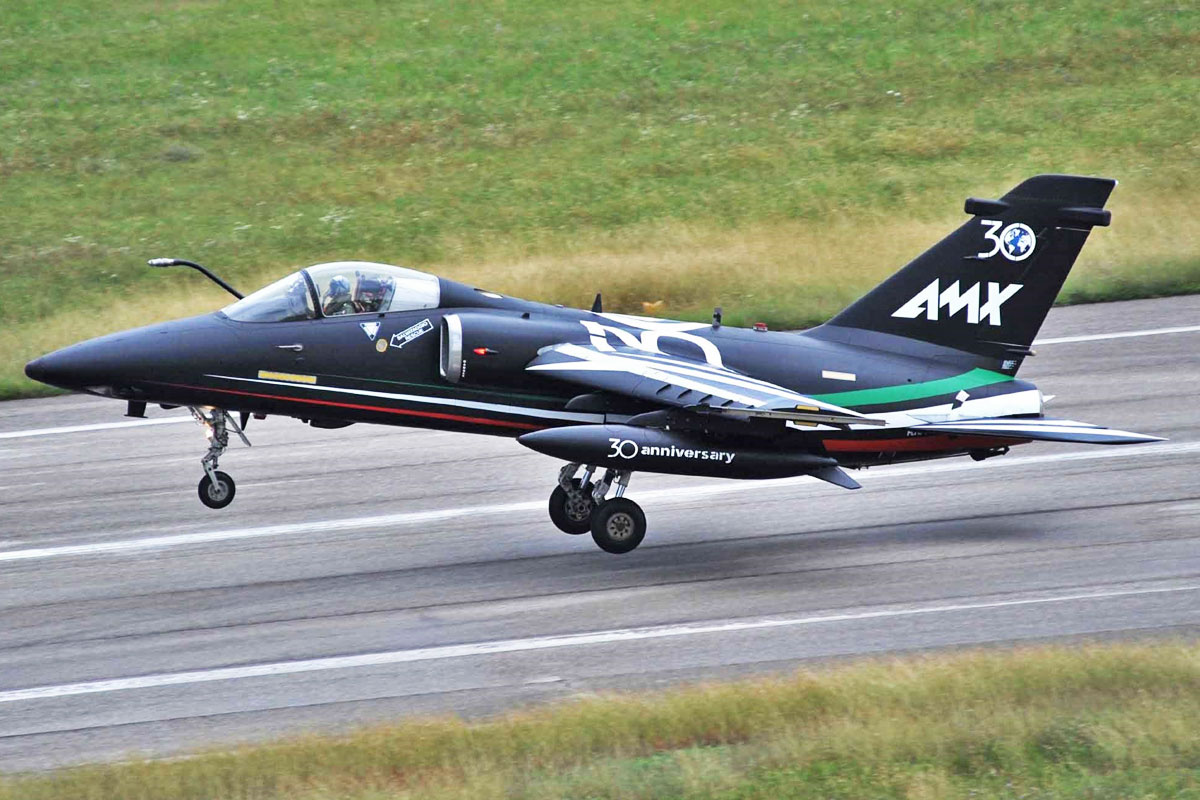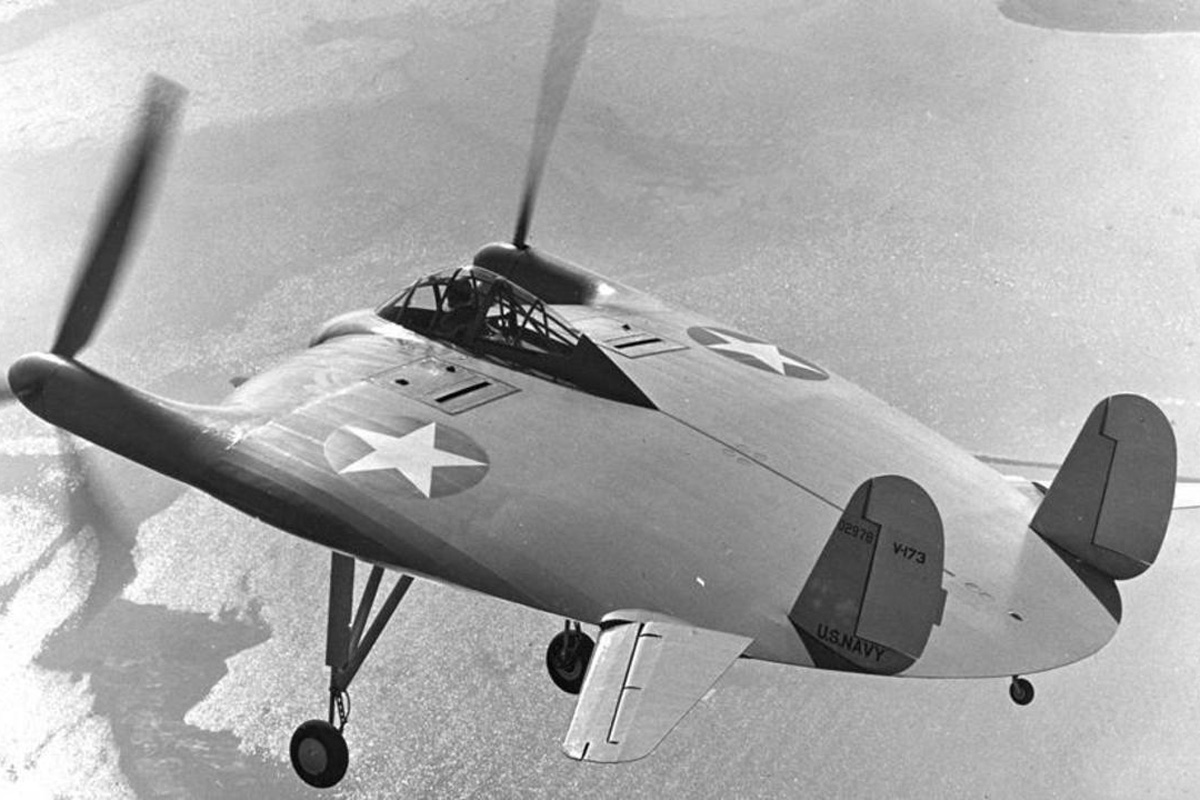Saturday, January 20th, marked 50 years since the first flight of the F-16 Fighting Falcon fighter, a versatile combat aircraft that is still produced and operated by many air forces around the world.
But what appeared to be a planned event for the then General Dynamics jet (later incorporated by Lockheed), was nothing like that.
The test team intended to use the test at Edwards Air Force Base, in California, to evaluate the jet’s acceleration on the ground, but without the intention of flying, something that was planned for a later date.
Test pilot Phil Oestricher, however, had difficulty controlling the YF-16 prototype, which was very unstable due to the innovative fly-by-wire control system.

After the plane’s nose rose involuntarily, the pilot tried to keep it on the ground, even touching the runway with the right wing. Noticing the situation becoming more critical, Oestricher decided to take a risky step: taking off anyway in order to avoid an accident.
With some difficulty, the YF-16 left the runway and in the air the situation stabilized to the point where the aircraft remained in flight for around six minutes until it was able to land safely.
It was, however, not the only incident with the fighter, which also landed without landing gear on another occasion, fortunately without causing major damage.
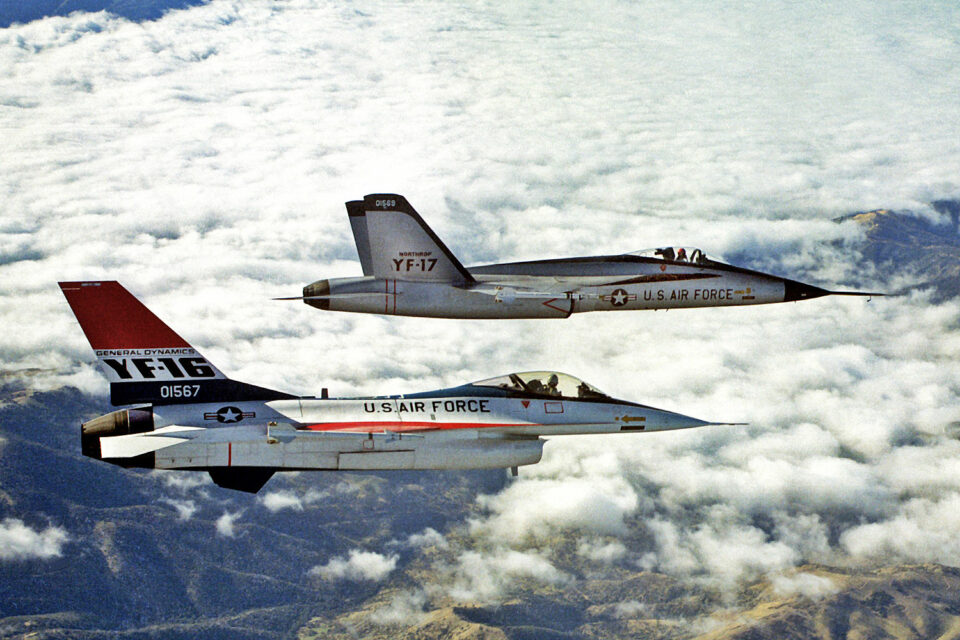
Defeating the YF-17 and becoming an export product
Despite the unforeseen circumstances of that Sunday, January 20, 1974, the F-16 proved to be an excellent product and since then, more than 4,600 of these fighters have been produced, most of which continue to fly in various air forces.
The YF-16 was the winner of the USAF’s Air Combat Fighter competition in 1976, defeating Northrop’s YF-17, which later gave rise to the F/A-18 Hornet in partnership with McDonnell Douglas.
The F-16, however, was an aircraft with innovations and well-thought-out solutions, starting with the fly-by-wire system, which replaced cables with electrical controls to control the jet.
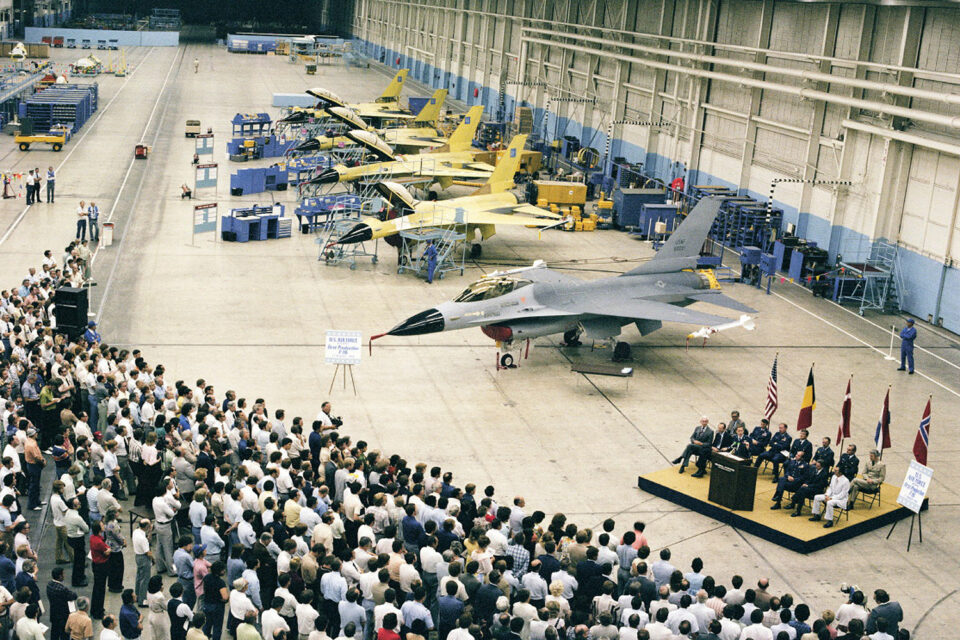
Its configuration included an engine with only a ventral air intake and a raised cockpit with a bubble-shaped canopy. Thanks to fly-by-wire, the pilot controlled the aircraft using a type of joystick on the right side, which later became popular in several planes.
Furthermore, it had a more inclined position, which allowed it to support high loads of more than 9g without causing much discomfort to the pilot.
On the way to Ukraine
The original radar was a pulse-doppler AN/APG-66 with a range of 150 km made by Westinghouse. In the most recent version, the F-16 has the advanced APG-83 AESA radar.
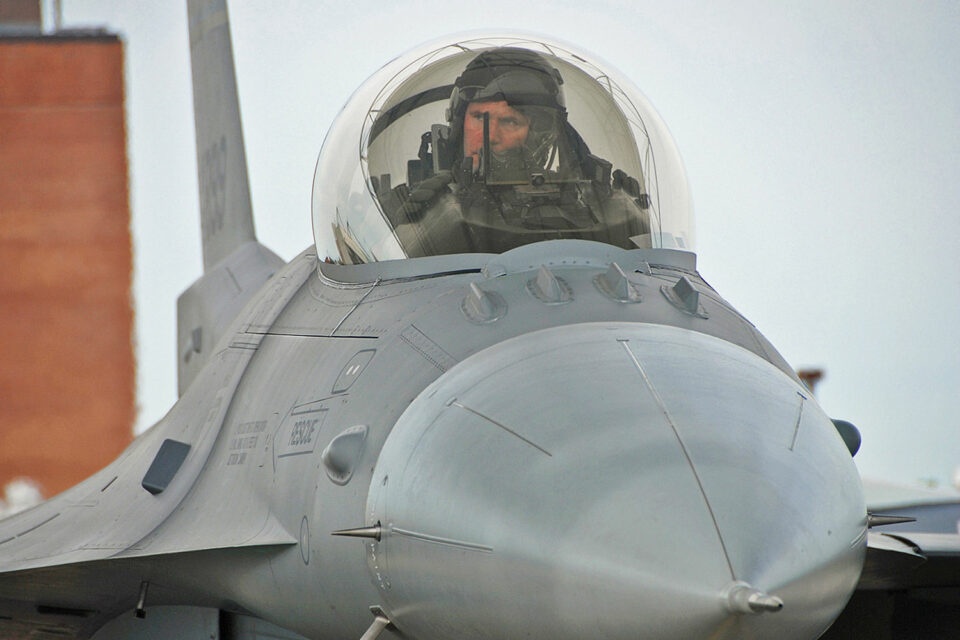
The F-16’s first engine was the Pratt Whitney F100 turbofan with 23,800 pounds of afterburner thrust. Later, General Electric supplied the F-110 engine, with similar characteristics. In the newer Block 70/72 variants, the engine is a General Electric F100-GE-129D.
In addition to being used as a light fighter in the US Air Force (USAF), the F-16 has had an eventful export career, with several European countries choosing it to modernize their air forces. This even led to the opening of two assembly lines, in Belgium and the Netherlands.
The F-16 ended up being adopted by 25 countries and the newest operator of the jet will be the Ukrainian Air Force, which should receive the first planes in 2024, transferred by European countries such as the Netherlands.
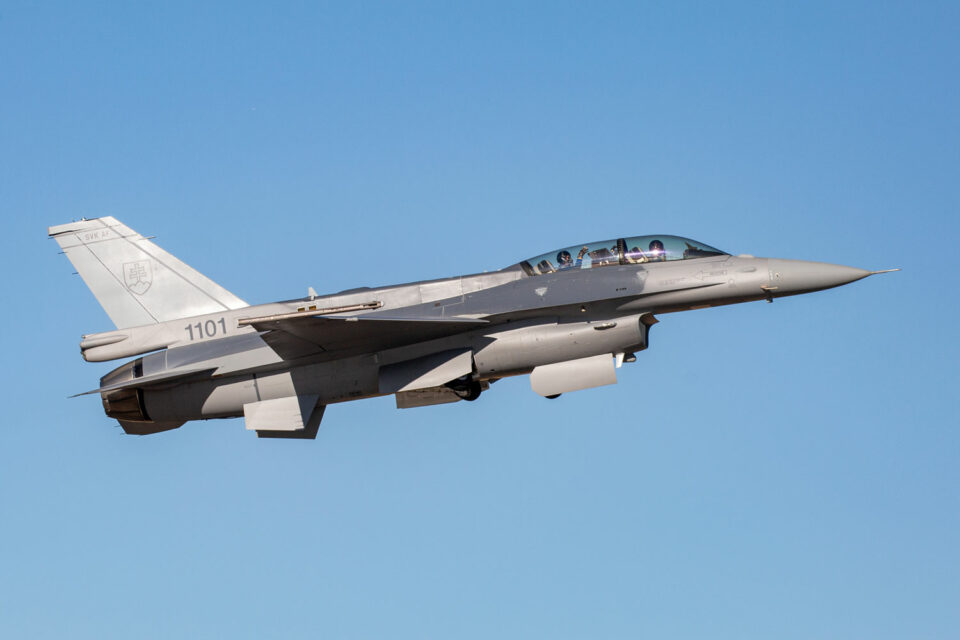
Lockheed Martin, which produced the F-16 at its main facility in Fort Worth, Texas, has moved the assembly line to Greenville, South Carolina, where it currently has 135 Block 70/72 aircraft on order.
Follow Air Data News: WhatsApp | Google News | Instagram | LinkedIn | Twitter | Facebook
According to the manufacturer, there are around 3,100 jets still in service around the world. The total F-16 fleet has reached impressive milestones such as more than 13 million sorties and 19.5 million hours flown in the five decades since that unexpected takeoff.


